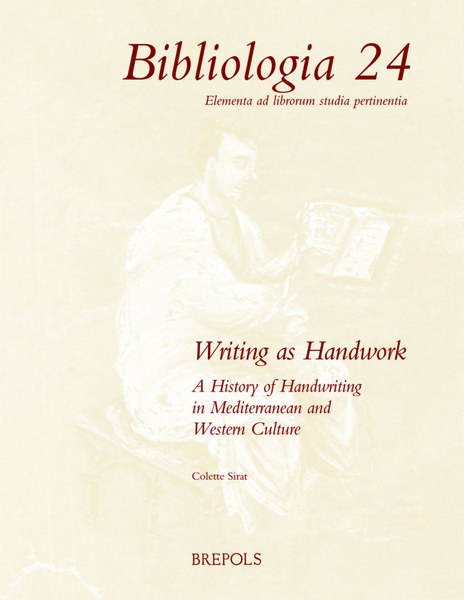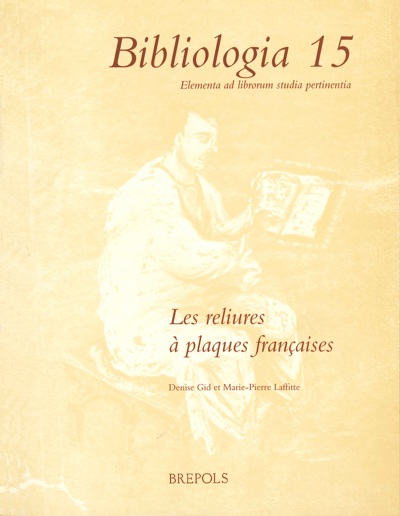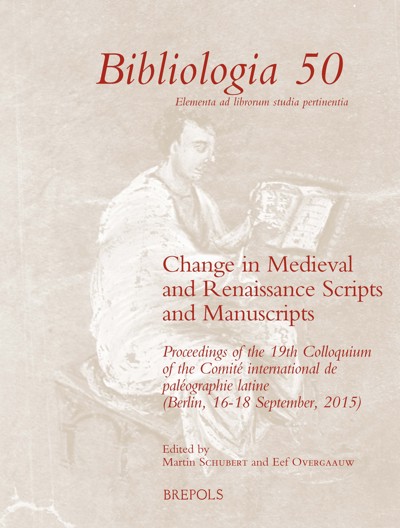
The Antiquarian Book Trade in Switzerland
Sir Thomas Phillipps's Acquisitions in the 1820s and their Later Dispersal
Angéline Rais
- Pages: approx. 450 p.
- Size:216 x 280 mm
- Illustrations:19 col., 3 tables b/w., 2 maps color
- Language(s):English
- Publication Year:2026
- € 115,00 EXCL. VAT RETAIL PRICE
- ISBN: 978-2-503-61620-9
- Hardback
- Forthcoming (Jan/26)
- € 115,00 EXCL. VAT RETAIL PRICE
- ISBN: 978-2-503-61621-6
- E-book
- Forthcoming
*How to pre-order?
Investigating the collecting activities of Sir Thomas Phillipps (1792–1872), the man who reputedly assembled the largest private library in the world, this publication provides an in-depth analysis of the trade in manuscripts and printed books in Switzerland, its organisation, actors, and its consequences in the twentieth century.
Angéline Rais is a research fellow for Printing Revolution and American Collections (PrintRevUS Project), a project based at the University of Rome La Sapienza focusing on incunabula in the Huntington Library in San Marino (California). Her research explores the rare book trade and book-collecting in the nineteenth and twentieth centuries. She has catalogued printed books in the Fribourg Bibliothèque cantonale et universitaire, the Bibliothèque Mazarine, Lambeth Palace Library, and the Médiathèque-Valais in Sion.
In 1822–1823, the obsessive British collector Sir Thomas Phillipps (1792–1872) spent a year in Switzerland planning to reduce his spending on books. Yet, by the time he returned to England, he had bought some 850 manuscripts and printed volumes. The historical context of these acquisitions offers a unique case study of the workings of the Swiss market in rare books in the first half of the nineteenth century. The Antiquarian Book Trade in Switzerland shows how this market was organised, how booksellers gathered and sold their stock, what kind of books were available for sale, and the repercussions of Phillipps’s purchases on the formation of libraries in the twentieth century.
Combining archival research, the survey of sale and library catalogues, and the material analysis of books, this monograph argues that the Swiss book trade was a thriving business led by professional and amateur dealers who sold rare and modern volumes in shops, private houses, and religious institutions. Phillipps’s motives for obtaining these items (and those of the owners who bought them after his death) also indicate that books were acquired for their aesthetic quality and prestige, historical and literary research, and political purposes. Illustrating the changing values assigned to books, this study demonstrates how many of these volumes became treasures of the world’s cultural heritage.
List of illustrations
Acknowledgements
Notes to the reader
List of abbreviations
Introduction
Chapter 1: Sir Thomas Phillipps’s stay in Switzerland
Chapter 2: The Swiss book-trade and the dispersal of manuscripts and early printed books, 1700–1850
Chapter 3: Sir Thomas Phillipps’s acquisitions of books in Switzerland
Chapter 4: The Swiss part of the Bibliotheca Phillippica
Chapter 5: The dispersal of Phillipps’s Swiss books
Conclusion
Appendix 1: Phillipps’s diary from 10 August 1822 to 18 September 1823
Appendix 2: Catalogue of manuscripts and fifteenth-century printed books dispersed from and within Switzerland between 1700 and 1850
Appendix 3: List of manuscripts acquired by Phillipps in Switzerland
Appendix 4: List of printed books acquired by Phillipps in Switzerland
Appendix 5: List of Phillipps’s engravings, drawings, minerals, and other antiquarian objects acquired in Switzerland
List of manuscripts cited
List of works cited
Index of people and institutions (religious communities, bookshops, libraries) mentioned
Index of Phillipps manuscript numbers
Index of incunabula
Index of authors of printed books and headings




